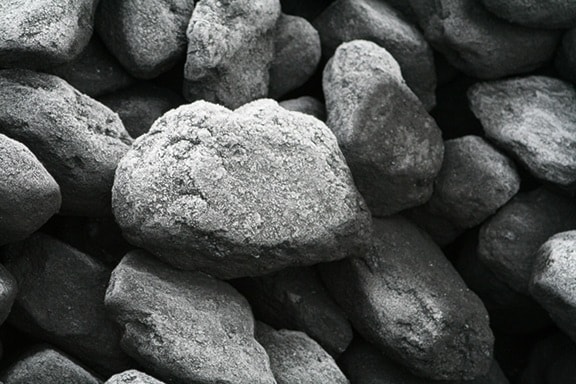Is the coal mining industry in B.C. on the way out — or on the way back?
“On arriving at the mouth of the pit you will be handed a little lamp that looks for all the world like a diminutive coffee pot with a bit of burning tow in the spout. This is the lamp the miners wear on their heads.
You will next enter what looks like an elevator at a store, only with the sides entirely open and unprotected. Hold on firmly to the cross bar for you are not accustomed to the journey you are about to take.
‘Tong,’ goes the gong, and away you speed down the narrow shaft — down, down, down into darkness and dampness and cold, dropping, dropping till you catch your breath like a child on his first swing, and with a sigh of relief find yourself at last on terra firma...”
We haven’t reached our destination yet and our tour guide isn’t quite done: “Presently boarding a train of narrow, open trucks you catch a dim outline of the mule at the other end of the cars and watch with interest the shadowy form of his driver.
‘All aboard!’ and you are whisked along down levels and slopes and slopes and levels, twisting and turning and shooting and spinning through the pitch dark corridors and maze-like galleries, the light in front now frequently lost to sight, now dancing again into view. The workings are visited, the stables inspected with their poor, dumb, life-long in-tombed [sic] occupants, and soon you find yourself again at the mouth of the pit...”
We’ve just had a whirlwind tour of a coal mine in the long ago — you know, the good old days when men were men, working conditions were dirty and dangerous, life was short and pay was poor. So much has changed since then but coal mining on a massive scale remains a fact of life in Canada. However, there appears to be significant change in store for this historic, some would even say, twilight industry. At the very least it can be said to be in a stage of siege.
This belaboured situation is thanks to belated environmental awareness which has made coal mining something of a pariah resource. A money-maker and job-maker, yes, but, much like Alberta’s tar sands, one that you either see as an employer that pays good wages and tax revenues, or you see (not just during the extraction process but particularly when it’s burned as a fuel) as a toxic pollutant, harmful to health and the general environment.
Here on Vancouver Island, the proposed underground Raven coal mine 20 km south of Courtenay met with vigorous opposition from the moment it was announced. The head of Compliance Energy Corp. of Vancouver, who resigned his position shortly after, blamed B.C.’s environmental assessment office for not treating his firm in a “fair and transparent manner”. The fact remains that public opposition was so entrenched that it would have taken real political courage to have approved this project even if it had passed all environmental checks.
With the exception of the Quinsam thermal coal project, which suspended operations a year ago, Raven would have been deja vu for the Island which, for 90 years, was the Island’s largest employer and one of the largest coal producers in Western Canada.
No fewer than 10 Island communities were founded on coal mining; fortunes were made and lives were lost in the hazardous quest for the black nugget.
The high mortality rate should come as no surprise upon your reading the introductory paragraphs’ description of an open-flame lamp (coal dust and methane gas are explosive) and the lift with its “sides entirely open and unprotected”.
Farther afield, it was announced last June that several coal-dependent communities in Alberta were facing economic uncertainty as “the age of coal draws to an end,” partially because of the province’s accelerated phase-out of coal-fired power plants.
Since the closing of its coal mine in 2015, the community of Grande Cache, 430 km west of Edmonton, has considered dissolving its civic charter and becoming part of the municipal district of Greenview. “We’re in the cellar,” Mayor Herb Castle was quoted by the Canadian Press. “Our economy is shrinking. We have people walking away from houses and mortgages because they can’t afford them.”
In August a federal Conservative MP urged the Ottawa government to approve the development of a coal field near Cranbrook that’s estimated to contain 700 million tons of coal, to create employment. In fact, the federal government has taken a page from Alberta by pushing the provinces to end coal-fired power generation.
(Elsewhere, Finland intends to phase out the use of all coal by 2030.)
All of which seems to make last month’s announcement that hiring has begun to reopen the Wolverine coal mine, just west of Tumbler Ridge in northeastern, B.C., to be counterintuitive to the rest of the nation, even to the world at large. Not surprisingly, Tumbler Ridge Mayor Don McPherson termed the news “the best Christmas present Tumbler Ridge could have asked for... This will put people back to work and improve our economic outlook.”
All of which begs the question: Is the coal mining industry in B.C. on the way out — or on the way back?
